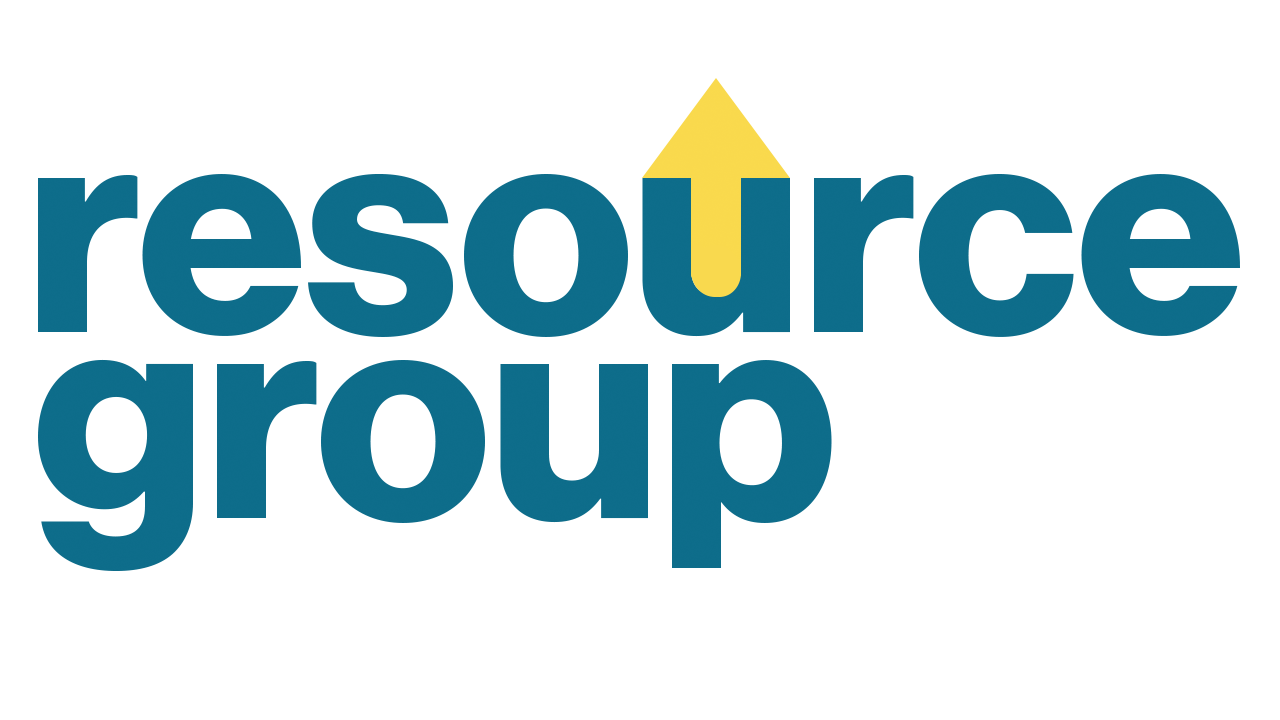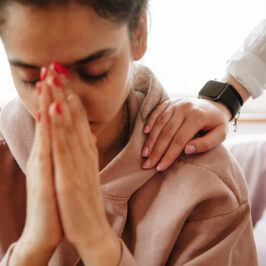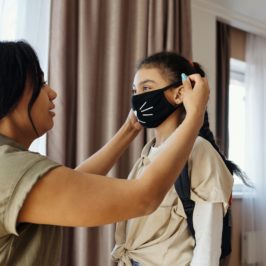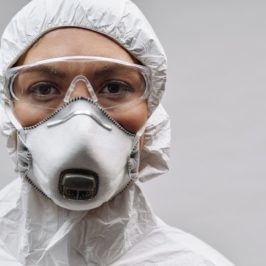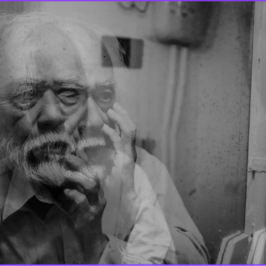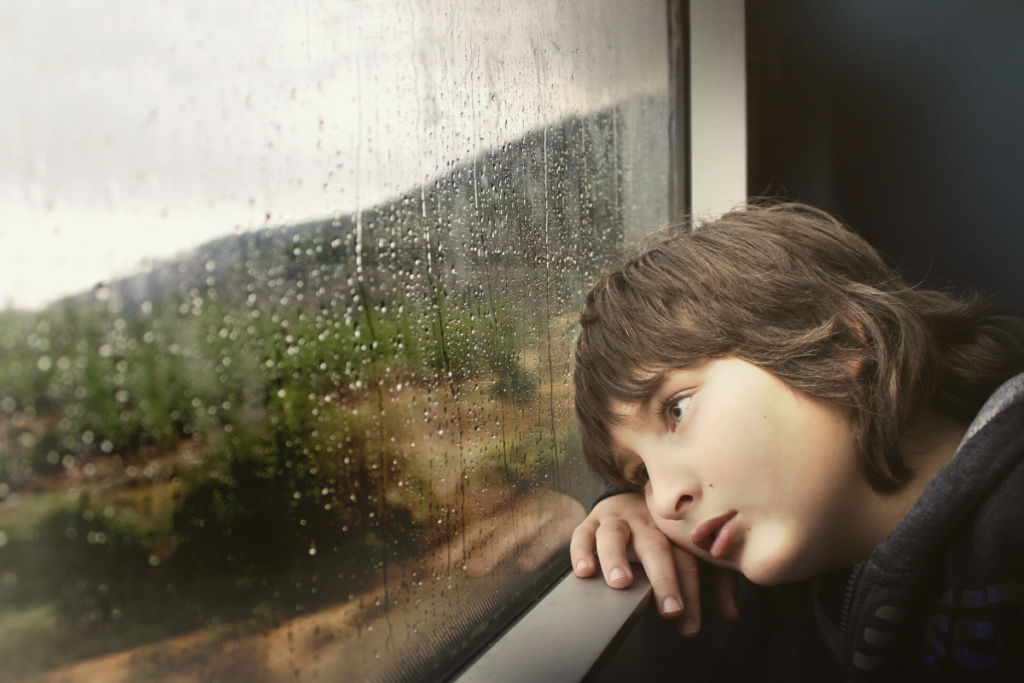
By: Julia Mason, LMSW
Like we talked about last October, the Satanic Panic in the 1980s wasn’t just horrific because of the innocent caretakers sent to prison or the undue stress put upon children pressured into making false accusations. It definitely wasn’t that the devil really was behind it all. It was that, as people were sentenced without any evidence, children really were still being abused and neglected by people meant to take care of them.
The Child Abuse Prevention and Treatment Act (CAPTA) was only a few years old and, from 1979 – 1980, more than 650,000 cases of abuse and neglect were reported. Now, forty years later, there are still more than 600,000 estimated cases of child abuse and neglect across the country each year. Police are even dealing with decades-old reports that are much less salacious and far more terrifying than satanic cults: abuse from children’s coaches, care workers, and religious leaders.
Child abuse and neglect is defined by the Federal Child Abuse Prevention and Treatment Act as “any recent act or failure to act on the part of a parent or caretaker, which results in death, serious physical or emotional harm, sexual abuse or exploitation” that “presents an imminent risk of serious harm.” The American Academy of Pediatrics estimates that 1 in 4 children experience child abuse or neglect in their lifetime, and 1 in 7 children have experienced abuse or neglect in the last year.
Recognizing and responding to signs of child abuse or neglect is vital in the prevention and intervention of child maltreatment. Children rely on adults to keep them safe, so it is the collective responsibility of every adult to ensure the safety of Maryland’s children.
Signs and Symptoms of Child Abuse or Neglect
There are several types of child abuse and neglect: physical abuse, sexual abuse, emotional abuse, and neglect. Some states recognize medical abuse, abandonment, parental substance use, and human trafficking as abuse or neglect. Signs and symptoms can differ depending on the type of abuse or neglect the child is experiencing. There are, however, general symptoms of maltreatment that may be observed in a child’s behavior, including:
- Sudden changes in behavior or school performance
- Not receiving help for physical or medical problems that have been brought to their caregiver’s attention
- Hypervigilance
- Lacking adult supervision
- Overly compliant, passive, or withdrawn
- Arrives at school or activities early, stays late, and does not want to go home
- Is reluctant to be around a particular person
Responding to a Disclosure of Child Abuse or Neglect
Hearing a child disclose child abuse or neglect is often heartbreaking. You might feel panicked, enraged, or horrified. The most important thing to do when a child discloses abuse is to listen and respond in a way that makes the child feel supported and know that they are protected. While you may feel shocked and find their disclosure difficult to process, do not deny the child’s experience.
Provide the child with a safe and affirming environment where you openly listen and reassure them that you believe them and that this is not their fault. Avoid problem-solving and assuming what the child might say or how they feel. Use their language and let them speak at their own pace. In your response, be sure not to make promises that you can’t keep. Do not tell the child that you won’t tell anyone. Instead, tell them what you will do next and who else they might need to talk to.
It is important to remember that you are not an investigator. Do not ask the child leading questions or more questions than necessary to make a report. Limit questions to:
- What happened?
- When did it happen?
- Where did it happen?
- Who did it? (And if needed, how do you know them?)
Mandated Reporters
Mandated reporters are individuals who work with children in a professional setting (e.g., health professionals, social workers, educators, and law enforcement). These individuals are required by law to report suspected child abuse or neglect. They can be held criminally responsible if they knowingly fail to report their suspicions. As of October 1, 2019, Maryland’s Failure to report suspected abuse or neglect of a child law went into effect. This criminal law states there are criminal penalties, including a 3-year misdemeanor and up to $10,000 in fines, for mandated reporters who fail to report child abuse or neglect.
Reporting Child Abuse or Neglect
Making a report of suspected child abuse or neglect is not an accusation; it is asking for professionals to come in and examine what is in the child’s best interest. You do not need proof of child abuse or neglect to make a report – only reasonable suspicion. You should report suspected abuse or neglect to the local social services department or law enforcement agency.
To make a report of child abuse or neglect, you must include the following information:
- Name and home address of the child and their caregiver
- The present location of the child
- Age of the child
- Name and ages of other children in the home
- Nature and extent of the abuse or neglect of the child
- Any information about previous possible abuse or neglect
- Other information that might aid in the investigation in establishing the cause of the abuse or neglect
- Identity of the individual(s) responsible for the abuse or neglect
All citizens of Maryland are obligated under the law to report suspected child abuse and neglect, and you can make a report anonymously. All reports of suspected child abuse or neglect are immune from civil liability as long as they are made in good faith.
Comparing the publicity court cases like the ones in the Satanic Panic received with the actual numbers of reports of abuse and neglect filed, it’s clear: this wasn’t a problem people were unaware of, just one they were uncomfortable fully reckoning with. But it’s also a problem that they, and now we, have the power to fight.
When we pay attention to what children say, either with their words or their actions, and take what they tell us seriously, we do a little to fight back against the very real epidemic of child abuse.
DISCLAIMER
The information, including but not limited to, text, graphics, images and other material contained on this website are for informational purposes only. No material on this site is intended to be a substitute for professional medical advice, diagnosis, or treatment. Always seek the advice of your physician or other qualified healthcare provider with any questions you may have regarding a medical condition or treatment and before undertaking a new health care regimen, and never disregard professional medical advice or delay in seeking it because of something you have read on this website.
